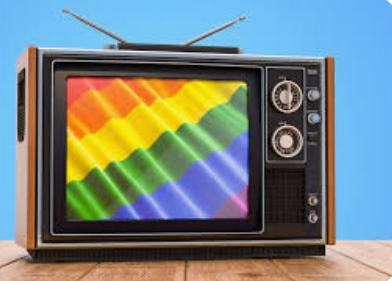Historically, people in the LGBTQ+ community have been underrepresented in TV and movies, and if they were, they would be represented negatively. But recently, there has been a rise in the number of LGBTQ+ characters being shown in a positive and accurate light. Having an increased amount of representation has had a big impact on both people in the LGBTQ+ communities and everyone else.
A more accepting society
Having good, realistic representation of LGBTQ people can change the stereotypes associated with them, like how all LGBTQ+ people are carbon copies of one another. This can help the viewers better understand the LGBTQ community. Representation not only changes the view of one person, but having increased depictions will play a part in a more accepting society.
Impacts on an individual
When others see what the LGBTQ+ community experiences through movies or TV shows, they most likely will relate to or simply identify a character’s emotions and experiences, whether they’re a part of the LGBTQ+ community or not. More accurate portrayals of LGBTQ+ characters can educate viewers about misconceptions and reduce harmful stereotypes. Media can inform viewers about LGBTQ+ issues and experiences, increasing their knowledge on the topic and helping them see the world from a different point of view.
Impacts on people within the community
Queer people can relate to the characters in the shows that they watch. This can make them feel seen/understood. Getting to see themselves reflected positively in the media can have a positive effect on a person’s mental health and self-esteem. Representation also gives a sense of acceptance and support, especially for the youth. And seeing LGBTQ characters on screen can create a sense of belonging and support for LGBTQ+ viewers, reminding them that they aren’t alone in what they are going through.
While there has been plenty of progress in the past, there are still many things to be improved on in the representation of the LGBTQ+ community. It is also important to support realistic, different, or complex ways to represent people in the LGBTQ+ community. By reaching the goal of greater inclusivity in media, it could help create a more inclusive and accepting world.
About the Author

Mikaela is a 12-year-old middle school student. She’s exploring her interest in writing through Bubots. She also loves reading, doodling, and talking with her friends. She wants to be a preschool teacher someday.

